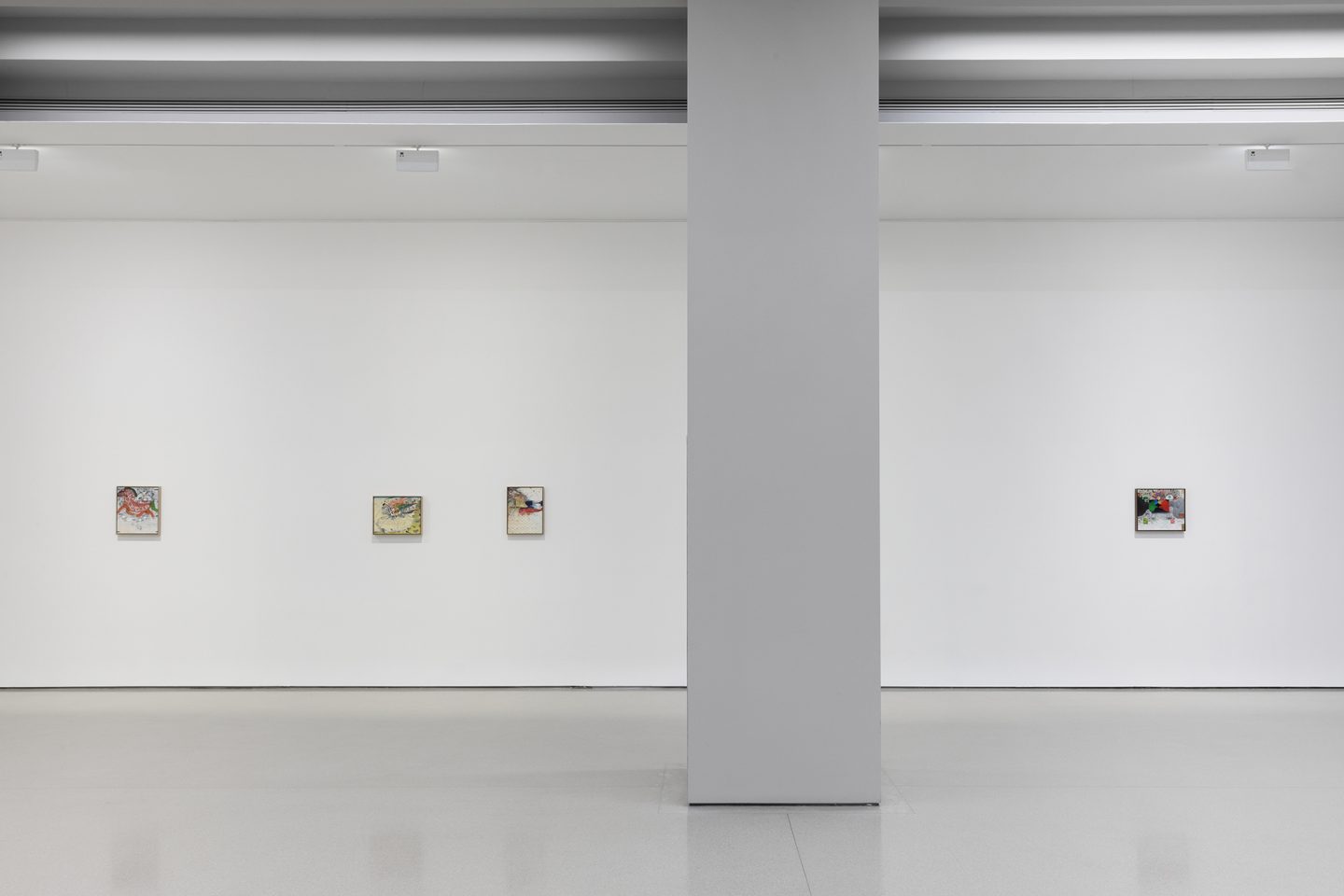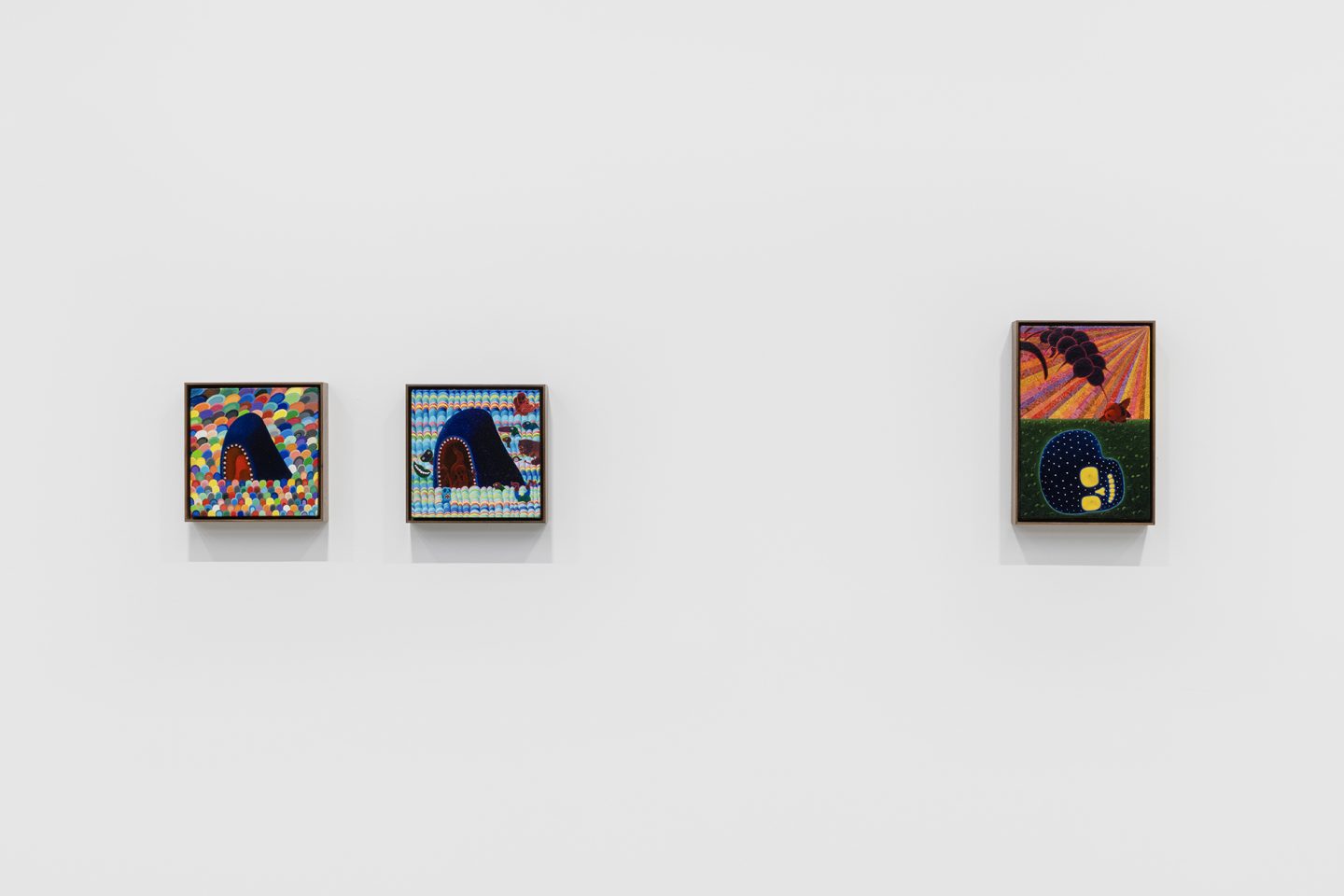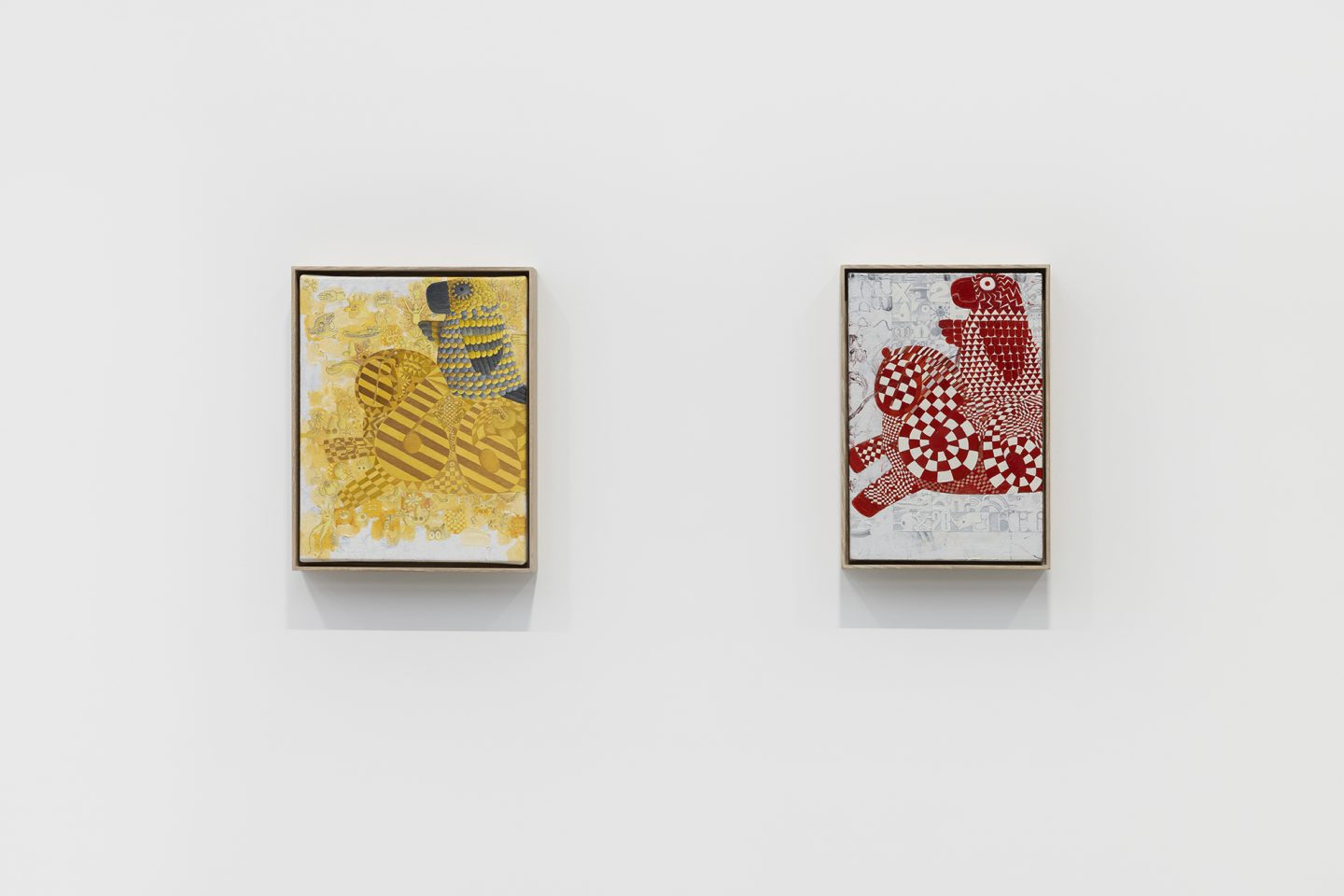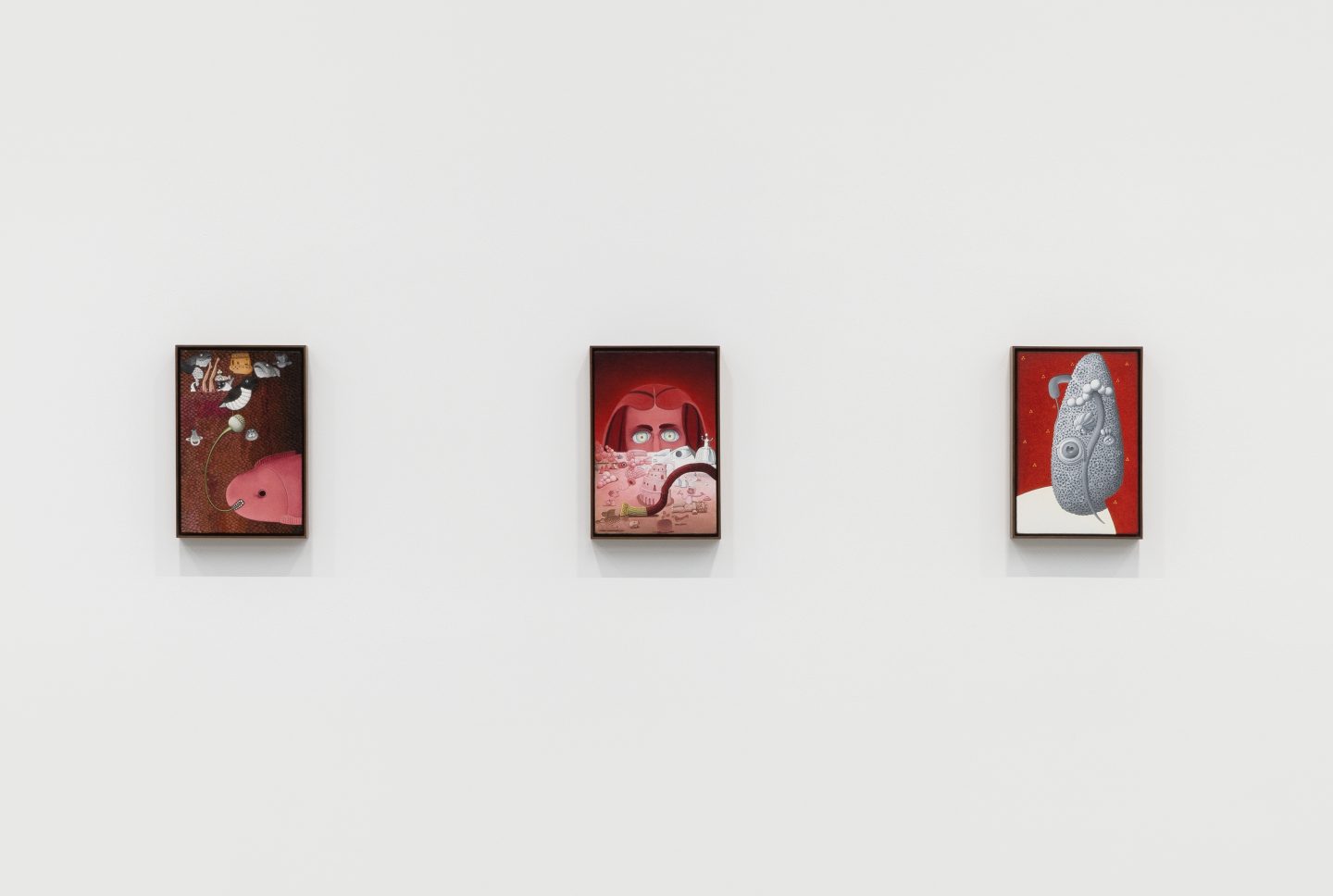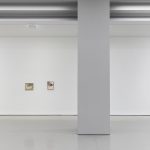
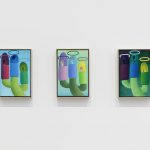
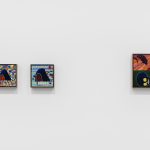
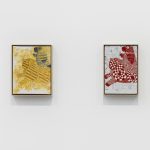
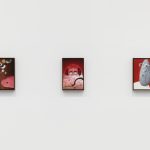
The figurative and concise character portrayals, the varied and highly pure use of color, and the intricate density of visual information all serve as evidence of the painter’s ongoing contemplation. Since 2018, Zhang Gong has systematically incorporated religious themes as a pathway for reflection and creation, gaining individual insights and potential enlightenment for the future. We witness the painter’s transition in his work, moving from external absorption and communication to internal reflection and exploration, depicting certain underlying tones and mechanisms of world culture through the study and reinterpretation of Christian themes.
The exhibition title “Winter Will End” refers to temporality and also expresses the expectation that winter will eventually pass, and spring will inevitably come, reflecting the season of the exhibition and metaphorically alluding to societal circumstances. In this exhibition, Zhang Gong not only deepens his personal focus on religious history classics in recent years but also extends the tentacles of his painting to richer art history and more diverse forms of practice. In these works, we often see a “protagonist” positioned centrally, occupying the frame and the narrative. Under the artist’s brush, they often appear with swift gestures, as if surging from a distant image, steadfastly advancing towards their destination beyond the frame, their actions and dynamics seemingly bringing about a transformative force in the world. The urgent actions and dynamic energy depicted in the figures or the calm and tranquility after eliminating all distractions create immense tension.
In “Advent 8” (2022), the exaggerated limbs of the horses and the immense momentum implied by the pencil lines suggest the undeniable power of the black horseman symbolizing famine as he gallops forward. In “The Grain of Wheat” (2023), mature wheat bends its waist, fallen grains become symbols of death and rebirth, while the colorful rays of the sun illuminate the earth, as if everything is about to restart. In other works such as “The Only” (2020), “My Soul 8” (2021), and “Love 1” (2023), themes of determination, love, and hope are intertwined and conveyed.
In these paintings, Zhang Gong fully utilizes media such as oil, acrylic, pencil, oil pastel, and scraper. While still employing the method of hard-edged outlining of shapes seen in styles like manga, he transcends the flat application commonly used in traditional manga by enriching it as a creative tool for depicting specific content. The thick and intricate dots, lines, and colors give rise to three-dimensional images, light, and materiality in what was originally close to “flat” images. In the deeper details of the images, the speed and economy pursued in manga painting are reversed into a long and diligent labor in Zhang Gong’s creation: the artist meticulously depicts the fluctuating patterns of light and shadow on the seemingly small canvas, the changes in color of every leaf, and even the reflections on them, conveying the painter’s devoutness to the art and the intended message.
